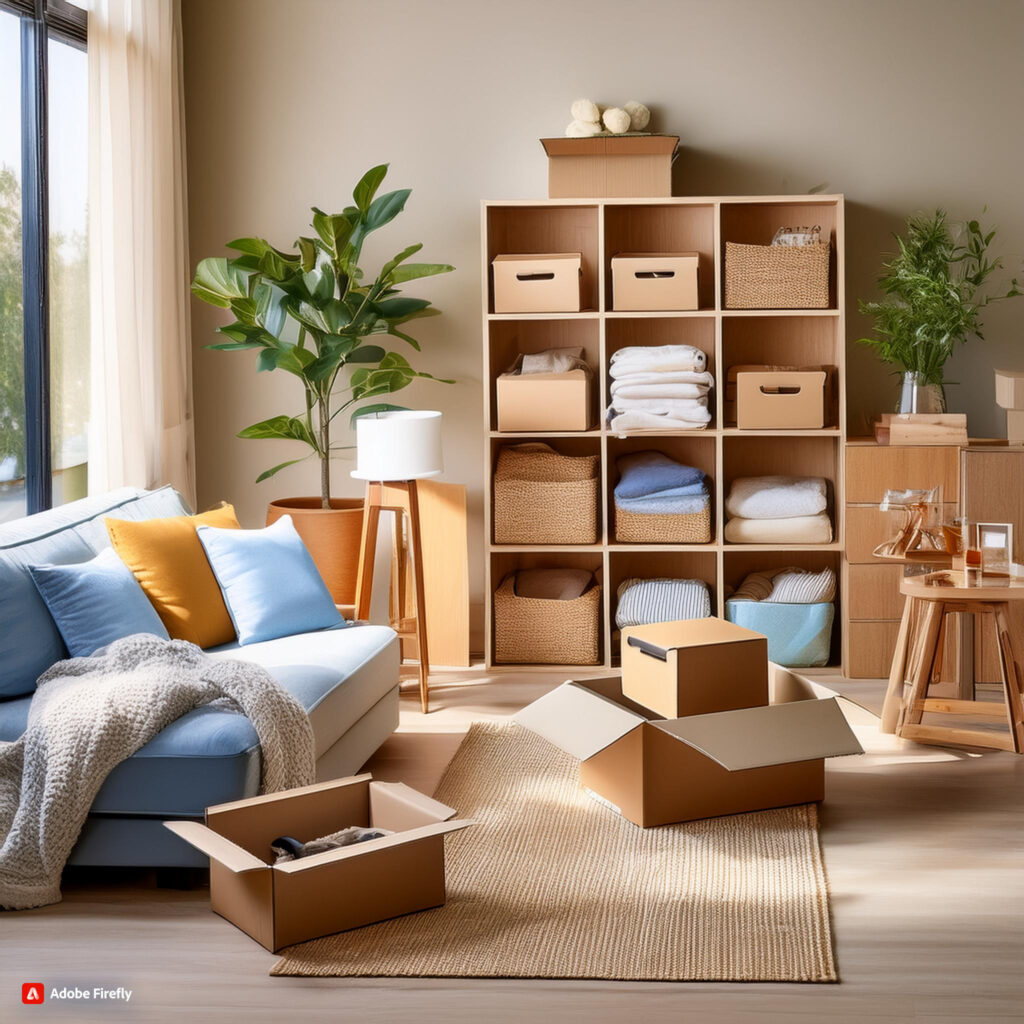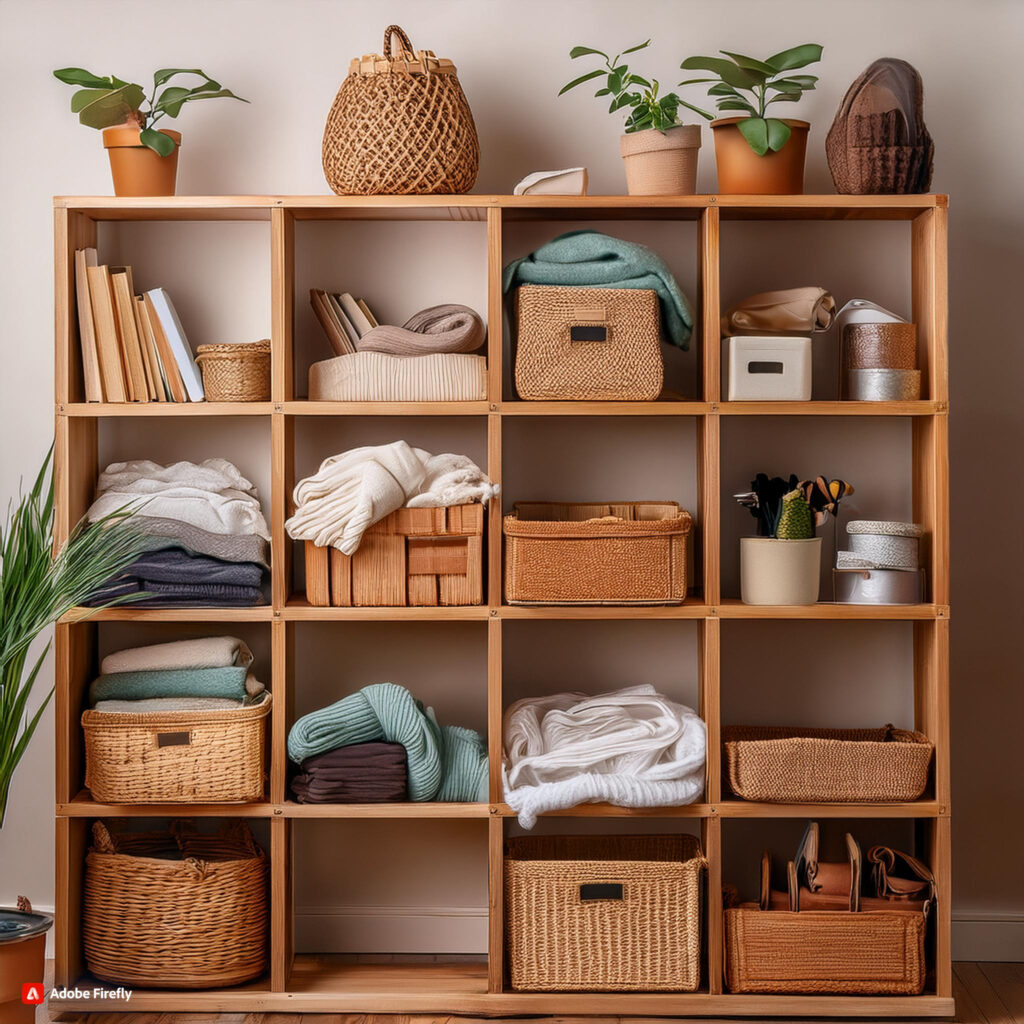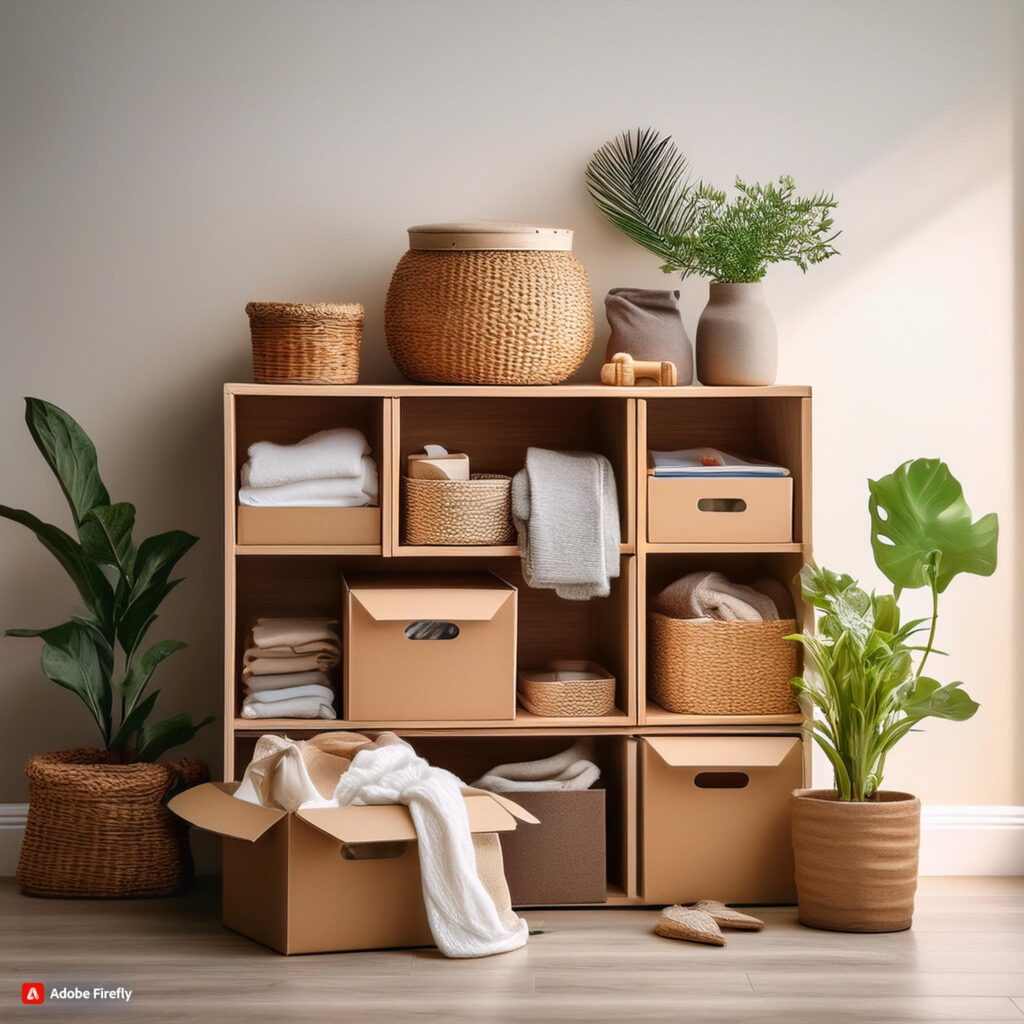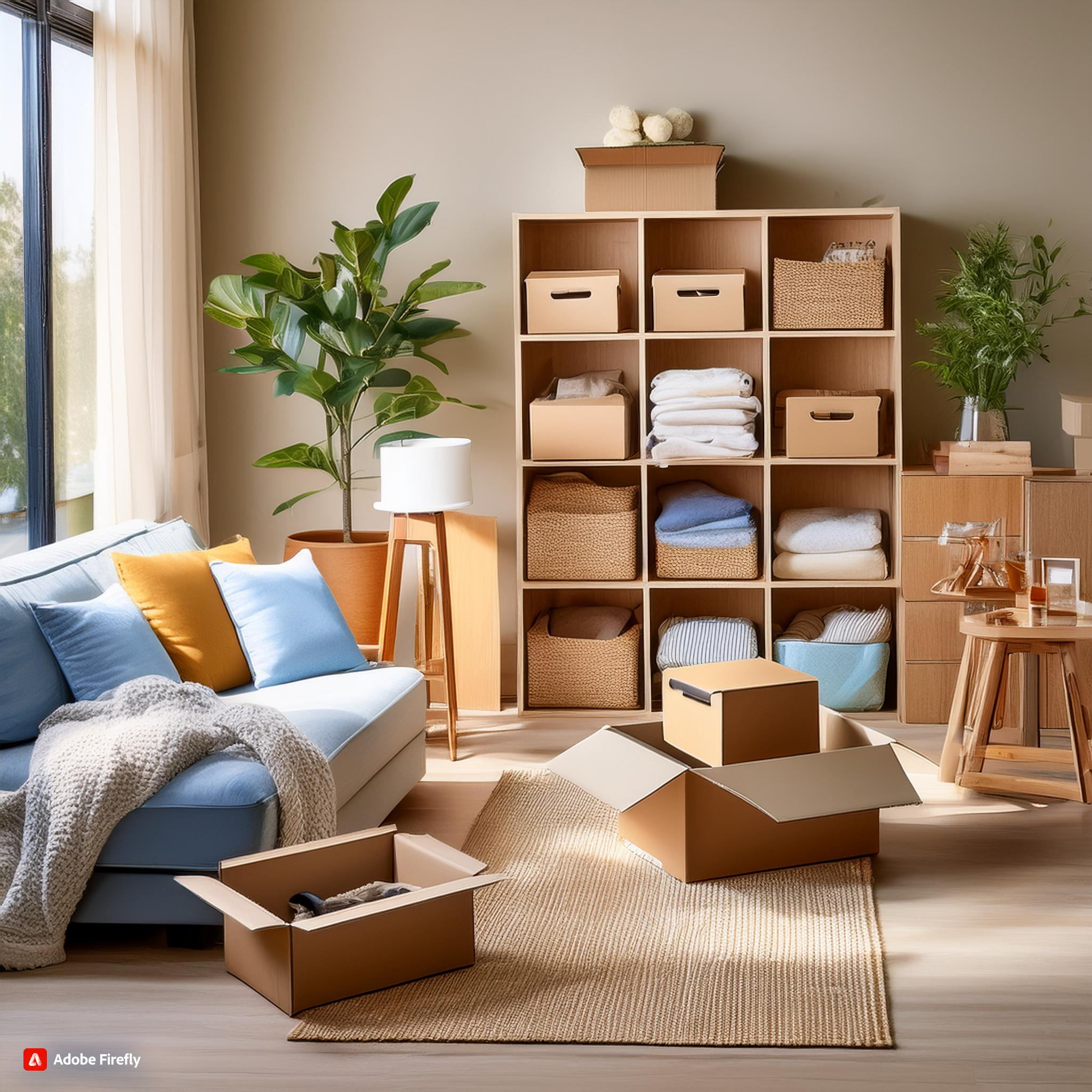A clutter-free home not only looks more inviting but also enhances your overall well-being. If you’ve been feeling overwhelmed by the chaos in your living space, it’s time to take control. This comprehensive guide will walk you through the essential steps to declutter and organize your home, transforming it into a serene and functional environment.
Why Decluttering and Organizing Matters

The Benefits of a Decluttered Home
Decluttering isn’t just about aesthetics—it has numerous psychological and practical benefits:
- Reduces Stress: A tidy environment can lower stress levels and promote relaxation.
- Improves Productivity: An organized space allows you to find things quickly, boosting efficiency.
- Enhances Focus: Fewer distractions mean you can concentrate better on tasks.
- Promotes Health: Reduced clutter can lead to fewer allergens and a healthier living environment.
Psychological Impact
Living in a cluttered space can contribute to feelings of anxiety and overwhelm. Conversely, a well-organized home can create a sense of calm and control. By decluttering, you’re not just tidying up; you’re investing in your mental and emotional well-being.
Step 1: Create a Plan
Assess Your Space
Begin by evaluating your home. Identify areas that are particularly cluttered and prioritize them. It’s helpful to create a checklist of rooms or areas to tackle.
- Living Room: Focus on surfaces, shelves, and entertainment centers.
- Kitchen: Organize cabinets, countertops, and the pantry.
- Bedroom: Declutter closets, dressers, and nightstands.
- Bathroom: Sort through cabinets, drawers, and under the sink.
Set Realistic Goals
Set achievable goals for each area. Rather than aiming to declutter your entire home in one day, brhttp://Goal.comeak it into smaller, manageable tasks. For example, aim to declutter one room or even one part of a room each week.
Step 2: Sort and Purge
The Sorting Process
Start by emptying out the space you’re working on. For example, if you’re tackling your closet, take everything out and lay it out where you can see it.
- Categories: Sort items into categories like clothing, books, kitchenware, etc.
- Subcategories: Further break down categories. For instance, sort clothing into types (e.g., shirts, pants) and assess each type individually.
The Purging Decision
Apply the “Keep, Donate, Toss” method to each item. Ask yourself:
- Keep: Do I use this item regularly? Do I love it?
- Donate: Is it in good condition but no longer needed? Can someone else benefit from it?
- Toss: Is it broken, expired, or beyond repair?
Step 3: Organize Your Space

Effective Storage Solutions
Once you’ve decluttered, it’s time to organize. Implement smart storage solutions to keep everything in its place:
- Shelving Units: Install shelving units or bookcases to store items vertically and save space.
- Storage Bins: Use clear bins to store items like toys or seasonal decorations, making it easy to see what’s inside.
- Drawer Organizers: Keep small items like office supplies or kitchen utensils neatly separated with drawer dividers.
Room-by-Room Organization
Living Room
- Entertainment Centers: Use baskets or bins for remote controls, magazines, and other small items.
- Coffee Tables: Consider tables with hidden storage to keep clutter out of sight.
Kitchen
- Cabinets: Use adjustable shelves and pull-out racks to maximize cabinet space.
- Countertops: Keep countertops clear by storing appliances in cabinets or on shelves.
Bedroom
- Closets: Use hanging organizers and shelf dividers to keep clothing and accessories in order.
- Under-Bed Storage: Utilize space under the bed for storing seasonal clothing or extra linens.
Bathroom
- Medicine Cabinets: Organize toiletries and medications with small bins or trays.
- Shower Caddies: Use shower caddies to keep bath products organized and within reach.
Step 4: Maintain Your Organized Home
Develop Daily Habits
To keep your home organized, incorporate daily habits into your routine:
- Daily Clean-Up: Spend a few minutes each day tidying up high-traffic areas.
- Put Things Away: Develop the habit of putting items back in their designated places immediately.
- Weekly Review: Conduct a quick review of your space weekly to address any new clutter.
Seasonal Decluttering
Perform a more thorough decluttering session each season. This will help you reassess your belongings and maintain an organized environment throughout the year.
Involve the Family
Encourage family members to participate in keeping the home organized. Assign specific tasks or areas to each person to share the responsibility.
Step 5: Utilize Organizational Tools

Digital Organization
Organizing isn’t limited to physical spaces. Digitize your files and documents to reduce paper clutter:
- Cloud Storage: Use services like Google Drive or Dropbox to store documents online.
- Scanning: Scan important documents to create digital copies, reducing physical storage needs.
Apps and Tools
Consider using organizational apps and tools to help manage your tasks and routines:
- To-Do Lists: Apps like Todoist or Microsoft To Do can help you stay on top of household chores and projects.
- Inventory Management: Apps like Sortly can help you keep track of your belongings and their locations.
Conclusion
Decluttering and organizing your home is a transformative process that can lead to a more serene, functional, and enjoyable living space. By following these steps—creating a plan, sorting and purging, organizing your space, and maintaining order—you’ll create an environment that promotes relaxation and productivity.
Remember, the key to successful decluttering is consistency and patience. Start with small tasks and gradually work your way through your home. With time, you’ll develop habits that keep your space tidy and organized.
Embrace the journey to a clutter-free home and enjoy the positive impact it has on your life. Start today, and watch as your living space transforms into a well-organized sanctuary.


2 thoughts on “Declutter and Organize Your Home: A Comprehensive Guide”